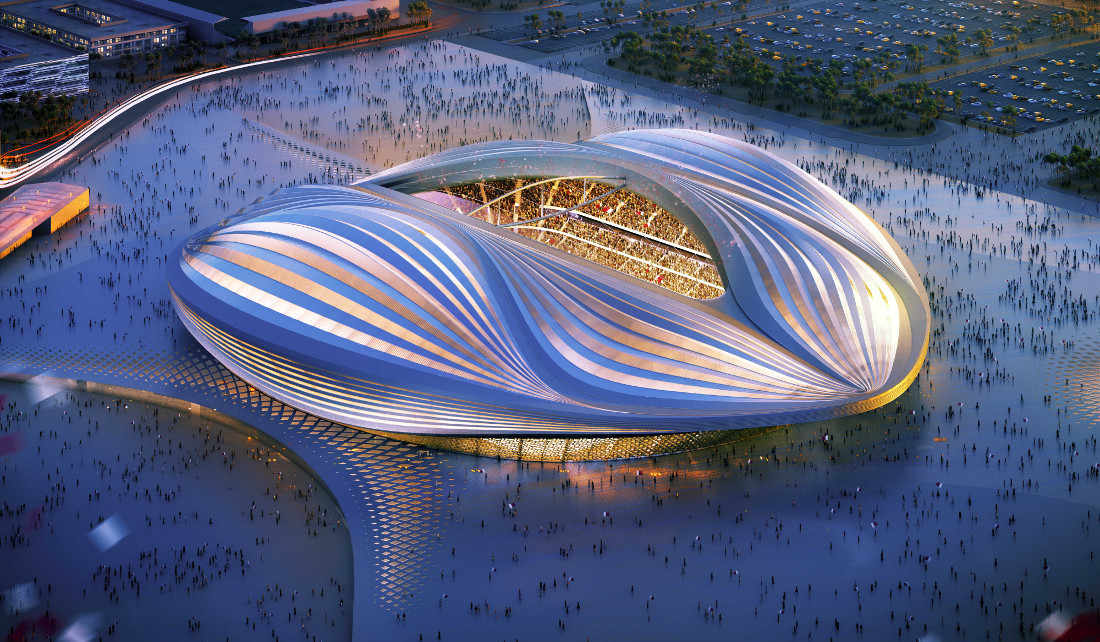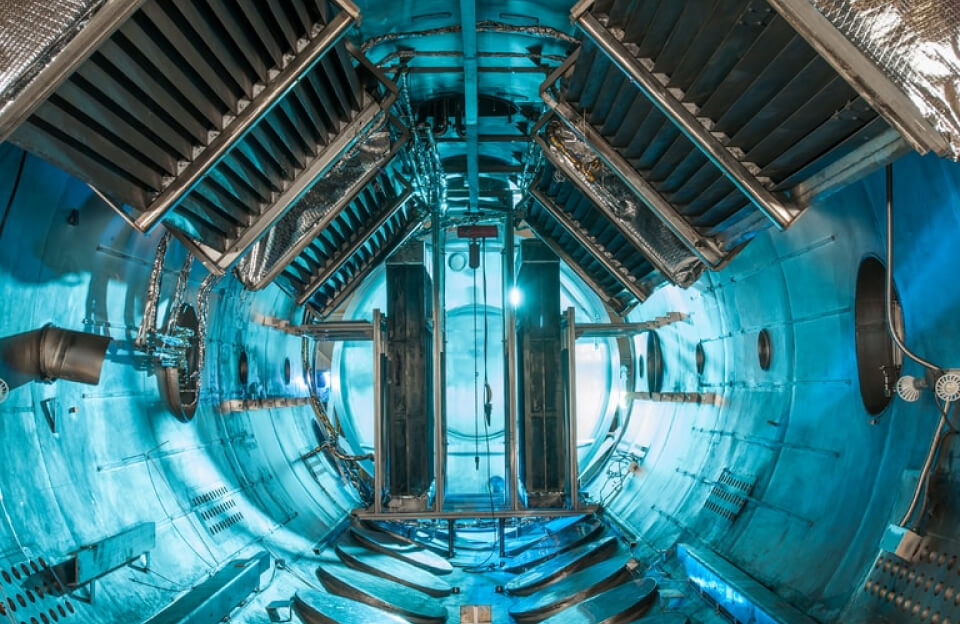Take a look at these innovative technologies that will wow fans and players alike at the FIFA World Cup in Qatar 2022.

The much-awaited FIFA World Cup in Qatar 2022 is almost here.
In the coming weeks, there will be a number of firsts at this World Cup, scheduled from the 20th of November to the 18th of December. One of the most significant things about this year’s event is that it will be held in an Arab country for the first time.
Furthermore, this will be the first edition of the event that will take place ‘out of season.’ It will also be the first time where the venues are within walking distance of one another. Football fans flying into Qatar to watch live matches will be happy to hear this news.
In spite of all this, there’s one factor that makes the FIFA World Cup in Qatar even more exceptional – the technology.
At the Qatar World Cup, football fans will get first-hand access to not only exciting matches, but also cutting-edge technologies that will surely offer unique experiences.
A few innovative technologies will be on display at the FIFA World Cup in Qatar 2022 that will amaze fans and players:
Al Rihla
This year’s FIFA 22 World Cup in Qatar will introduce all-new revolutionary world cup balls, called “Al Rihla” in Arabic which means “the journey” .

Al Rihla by Adidas revealed as the FIFA World Cup Qatar 2022™ Official Match Ball.
FIFA World Cup Qatar 2022 will showcase the best of world football with a stunning, sustainable and high-quality Official Match Ball. Al Rihla is adidas’ 14th successive ball created for the FIFA World Cup, flying faster than any other ball in tournament history.
The word Al Rihla means “the journey” in Arabic, and its bold, vibrant colours were inspired by Qatar’s culture, architecture, boats, and flag. This year, adidas brings its sporting expertise to the world’s premier event with a match ball that not only looks stylish, but also delivers accuracy and flight stability. Additionally, water-based inks and glues are used for additional sustainability, and it is designed to support peak game speeds.
A key component of Al Rihla’s suspension system is the Adidas Inertial Measurement Unit (IMU), which is designed to detect tight offside incidents. The sensor, located in the center of the ball, transmits data 500 times each second to the video operation room. As a result, the kick point can be detected very precisely.
The ball’s features include :
CRT-CORE — the center or heart of the ball, providing the ball with speed, accuracy, and consistency in fast-paced action and precision; it keeps the ball’s shape, retains air, and provides consistent rebounding properties.
SPEEDSHELL — a textured PU skin with a new 20-piece panel shape improves the accuracy, flight stability and swerve.
Semi-automated offside technology
In Qatar, FIFA will start the FIFA 22 World Cup on 21 November with semi-automated offside technology, providing offside officials with a tool that will assist them in making faster, more accurate and more reproducible offside decisions on the largest stage of all.
- System provides an automated offside alert to the video match officials team
- 3D animation improves communication to in-stadium fans and television viewers
- Technology has been successfully tested at previous FIFA tournaments
Twelve dedicated tracking cameras are mounted underneath the stadium’s roof. These cameras track the ball and up to 29 data points of each individual player, 50 times per second, calculating their exact position. Offside calls are made based on 29 collected data points including all limbs and extremities.
By combining the limb- and ball-tracking data and applying artificial intelligence, the new technology provides an automated offside alert to the video match officials inside the video operation room whenever the ball is received by an attacker who was in an offside position at the moment the ball was played by a team-mate.
Before informing the on-field referee, the video match officials validate the proposed decision by manually checking the automatically selected kick point and the automatically created offside line, which is based on the calculated positions of the players’ limbs. This process happens within a few seconds and means that offside decisions can be made faster and more accurately.
For more and better understanding of semi-automated offside technology Lets understand with the help of video animation
FIFA 22 Player APP
FIFA Player App will allow players to track their on-field performance at the FIFA World Cup 2022 in Qatar.
The app was developed in accordance with FIFA President’s Vision 2020-2023 for further improvement of the game. It integrates inputs from professional players, in collaboration with FIFPRO, the global representative of professional footballers. Qatar will be the first FIFA World Cup to use the FIFA Player App.
After each match, FIFA Player App users will be able to access their player performance data.
Assistive technology: Bonocle and Feelix Palm
There is no doubt that accessibility is a crucial aspect of any event, and the World Cup is no exception.
To make the FIFA Cup more inclusive and accessible, the event’s organizers have used Bonocle, the first Braille entertainment platform with all the necessary assistive technology for people with visual disabilities. As part of its transcoding capabilities, it will enable individuals with visual impairments to enjoy and experience World Cup 2022 events in the same way as everyone else.
The FIFA World Cup in Qatar will also use a technology called Feelix Palm. Using electric impulses, this technology works through tactile palm communicators to transmit braille-like messages to the visually impaired without restricting their physical movement or hearing.
ElPalm
Whenever possible, the Qatar World Cup uses renewable energy to deliver a sustainable football tournament.
It is also important for organisers to ensure that spectators remain connected throughout the event. Therefore, ElPalm, a wind turbine with solar panels, is set up at the venue to provide fans with shade as well as USB charging docks and Wi-Fi access.
Stadium Cooling Technology
Some of the most technologically advanced stadiums will be used for the FIFA World Cup in Qatar.
Although the event takes place between November and December, it is still possible for temperatures to reach 26 degrees Celsius in the Gulf. To bring the temperature down to a temperate 18-24 degrees Celsius, the stadiums have been equipped with cooling technology, giving fans and players a more comfortable space to play and watch matches in.
Saud Abdulaziz Abdul Ghani, nicknamed “Dr Cool” from Qatar University’s College of Engineering, developed the cooling system using insulation and “targeted cooling”. Temperature sensors will be placed around the stadium to maintain a constant temperature and adjust airflow for seats in the shade or the sun. The air circulation system will draw warm air into the stadium, clean it with water, re-cool it, and re-filter it, then pump it out again.






